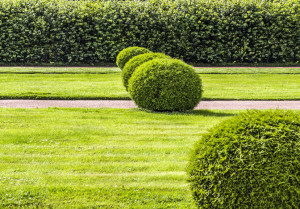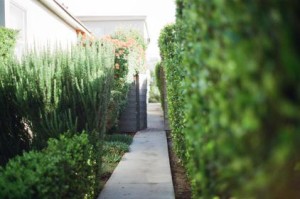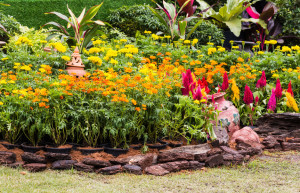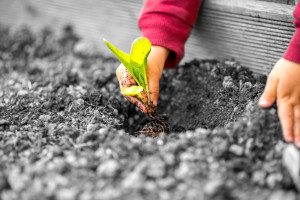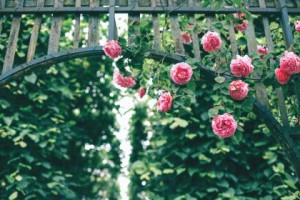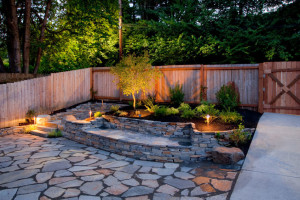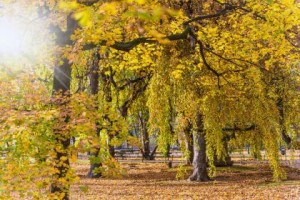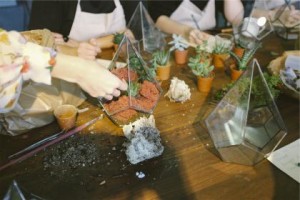Finding Ways to Include Succulents in Your Gardening at Home Plans
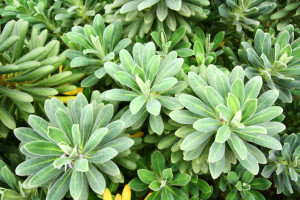 Succulents are interesting looking plants that have particularly thick leaves and look as though they’ve been plucked straight from the desert or the arid slopes of the steppes. In fact, succulents do thrive in these kinds of environments. They prefer dry climates and inside those thick tough leaves they keep a camel-like store of water. Their unusual appearance and low-maintenance ability to thrive make them a treasure for those who enjoy gardening at home. They cannot tolerate every climate, but no matter where you live there is a way to enjoy the beauty and ease of growing succulents.
Succulents are interesting looking plants that have particularly thick leaves and look as though they’ve been plucked straight from the desert or the arid slopes of the steppes. In fact, succulents do thrive in these kinds of environments. They prefer dry climates and inside those thick tough leaves they keep a camel-like store of water. Their unusual appearance and low-maintenance ability to thrive make them a treasure for those who enjoy gardening at home. They cannot tolerate every climate, but no matter where you live there is a way to enjoy the beauty and ease of growing succulents.
Where can Succulents Grow?
Succulents do grow naturally in dry climates, but they can be nurtured in most outdoor gardens everywhere except those places with extreme cold. In those areas, gardeners can still enjoy growing them inside. They look terrific grouped in attractive ceramic pots. You probably can’t grow a cactus if you live in Michigan, but you could grow colorful echeveria in indoor pots.
Although succulents don’t have the same water requirements as most plants, they do need to be watered during the growing season. Even cacti depend upon seasonal rains. Find out when your chosen succulents like to get water and make sure they get it at the appropriate time. Then have fun watching the leaves or stem of the plant thicken up with a storehouse of the life-giving fluid.
If you do choose succulents for indoor gardening at home, be sure that your pot has adequate drainage. These plants like dry soil conditions. Allow the soil to dry completely in between watering. If the soil becomes too moist, the roots will rot and you will lose your plant.
Succulents for Gardening at Home
Succulents come in a variety of shapes and sizes – all of them interesting. The String of Beads looks exactly as the name suggests – like a string of pearls. It will trail nicely over your pot or from a hanging container. Sedum looks particularly attractive in outdoor spaces where it can grow several inches tall and sprouts a lovely flower at its peak. Jade is a popular succulent and one that represents good luck. It would make an excellent housewarming gift.
Hens and Chicks is another popular variety and it grows easily indoors or out. It gets its name from its propensity to reproduce. One large rosette-shaped hen plant will soon be surrounded by numerous tiny chicks. Kalanchoe will likely do best as an indoor plant in most areas but is desirable for its lovely rounded leaves tipped by a rosy hue.
Whatever you are growing you’ll want to share your treasures with others. That is why using Kincaid Plant Markers is such a great idea. Our sturdy and attractive markers will identify all of your plants – the usual as well as the unusual varieties. So while we encourage you to consider adding succulents to your gardening at home experience we also encourage you to order our markers to easily identify them.

